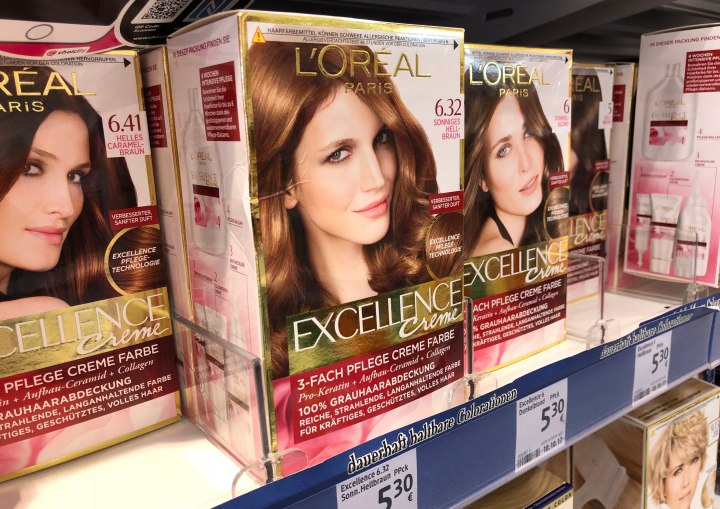Salon & At-Home Hair Color Differences

Before using it, I performed the recommended skin sensitivity test on my elbow and experienced an itchy, stinging sensation, similar to a nettle sting. This surprised me because I’ve had my hair colored in salons for years without any issues, so I didn’t think I was allergic to hair dyes.
My natural hair color is dark brown. Over the years, my salon treatments included full-head color with blonder tones, which I assumed were achieved with bleach. Now I’m wondering:
• Is there a significant difference between salon hair color and at-home hair color?
• Are bleach highlights different from other, milder highlighting techniques?
• Does this reaction mean I’ve developed a new sensitivity to highlights?
• Should I go back to a salon for another skin test before proceeding?
Salon hair color, on the other hand, typically uses stronger, more concentrated formulas, some of which are only available to licensed professionals. Stylists are trained to customize these formulations based on hair type, condition, and desired results, which allows for better control over the coloring process.
Your skin reaction could mean one of two things: either you’ve developed a sensitivity to a common ingredient found in most hair dyes (such as para-phenylenediamine, a frequent allergen in oxidative hair colors), or you reacted to an ingredient specific to the brand you used at home. Since you’ve had salon coloring before without issues, the latter is a possibility, but it’s also not uncommon for sensitivities to develop over time with repeated exposure.
To stay safe, you should inform your stylist about this reaction before your next coloring session. They can perform a patch test (a small application of the dye behind your ear or on the inner arm) to check for allergies before proceeding with a full treatment. This precaution helps avoid severe allergic reactions, including irritation, swelling, or more serious responses.
As for the difference between bleach highlights and milder highlighting methods:
• Bleach highlights use a strong lightening agent (usually powdered bleach mixed with a cream developer) that continues to lift hair color as long as it remains active. If left on too long, bleach can over-process hair, leading to breakage, excessive dryness, or even chemical burns on the scalp.
• Milder highlighting techniques (such as high-lift tints) use a toning color mixed with a high-volume developer (e.g., 30 or 40-volume peroxide). These formulas typically stop working after about 30 minutes, reducing the risk of over-processing. They can lighten hair by 3–6 shades, depending on the developer strength and whether heat is applied.
If you’re considering returning to blonde highlights, a salon visit might be the best option, especially given your recent reaction.
©Hairfinder.com
See also:
Hair coloring
Hair color allergies
Burning sensation on the scalp when coloring hair